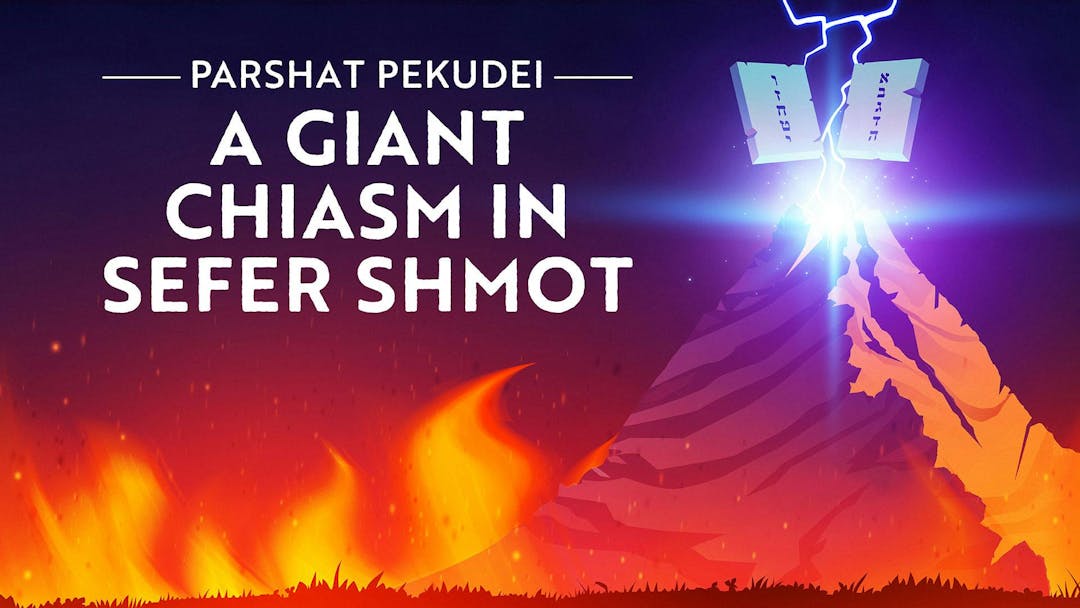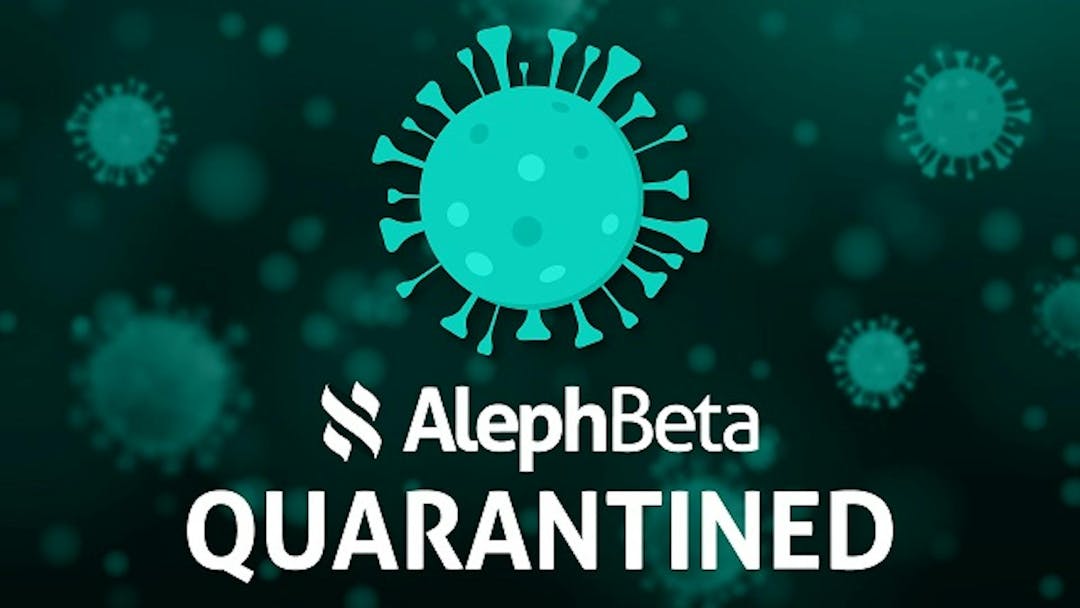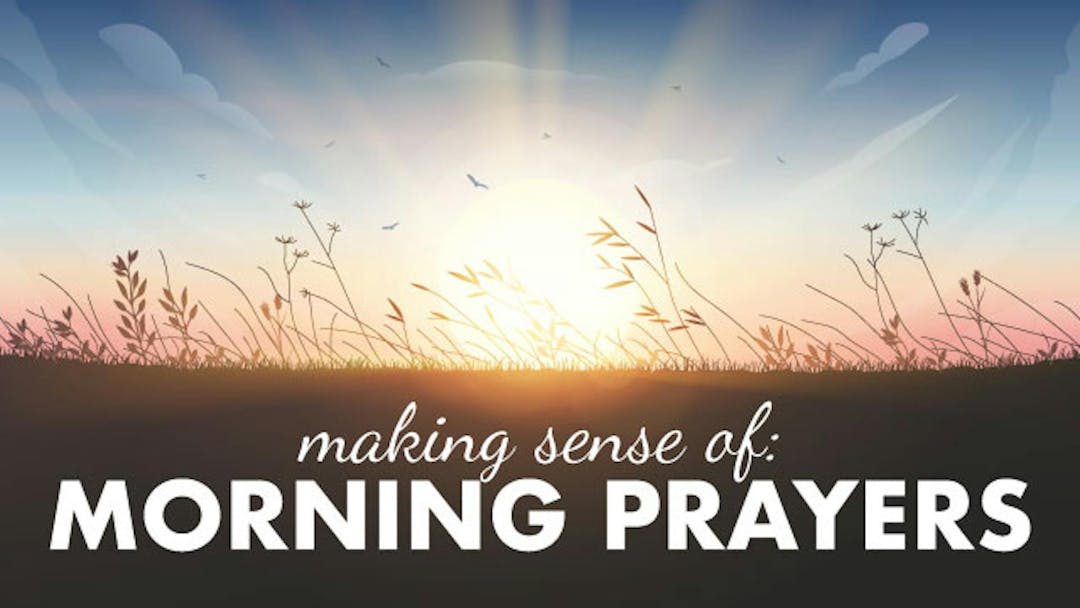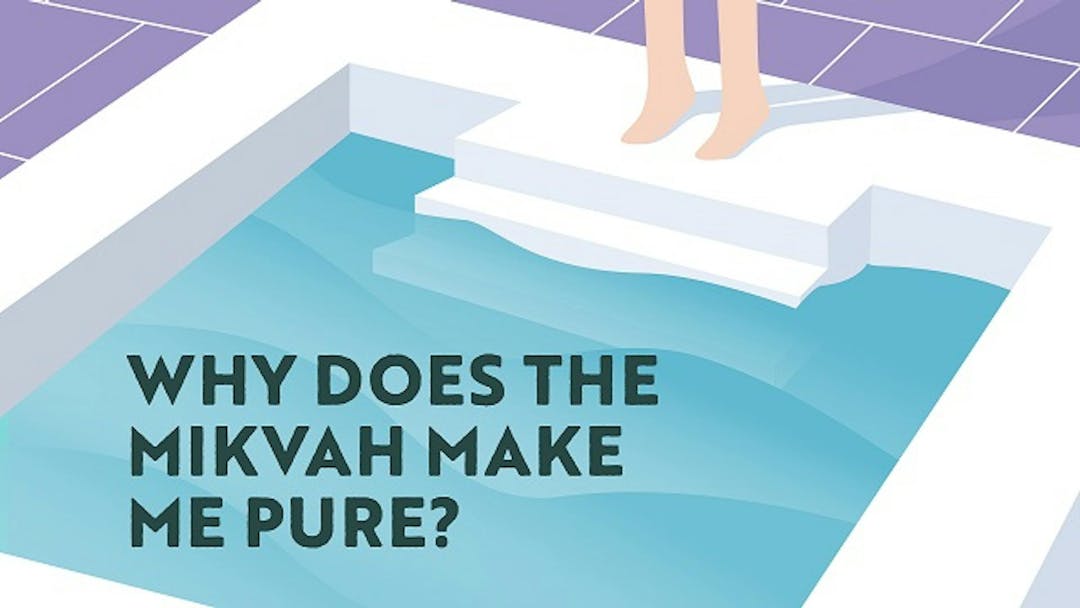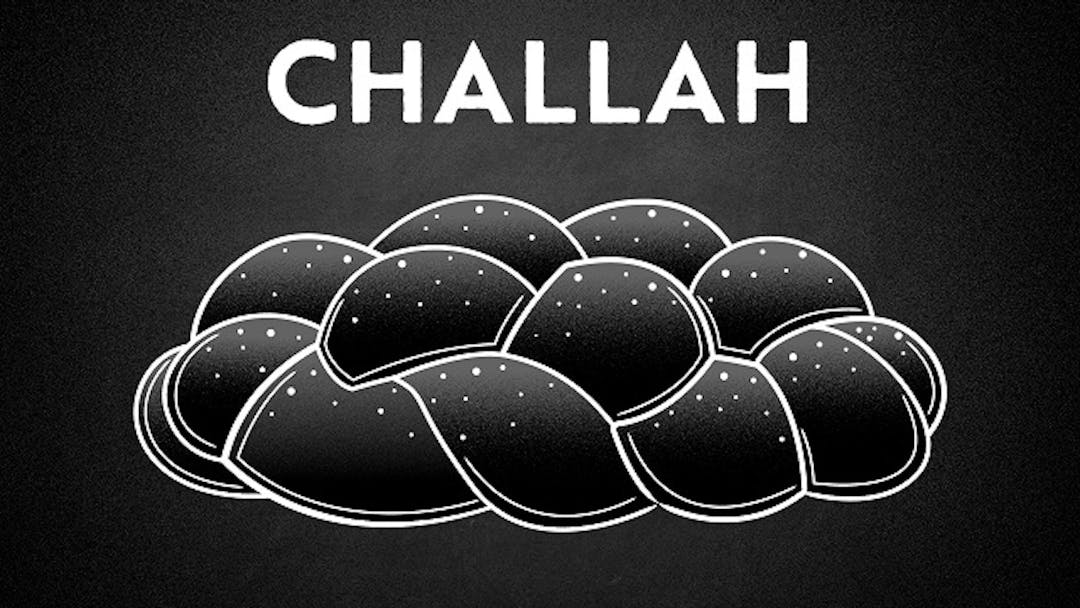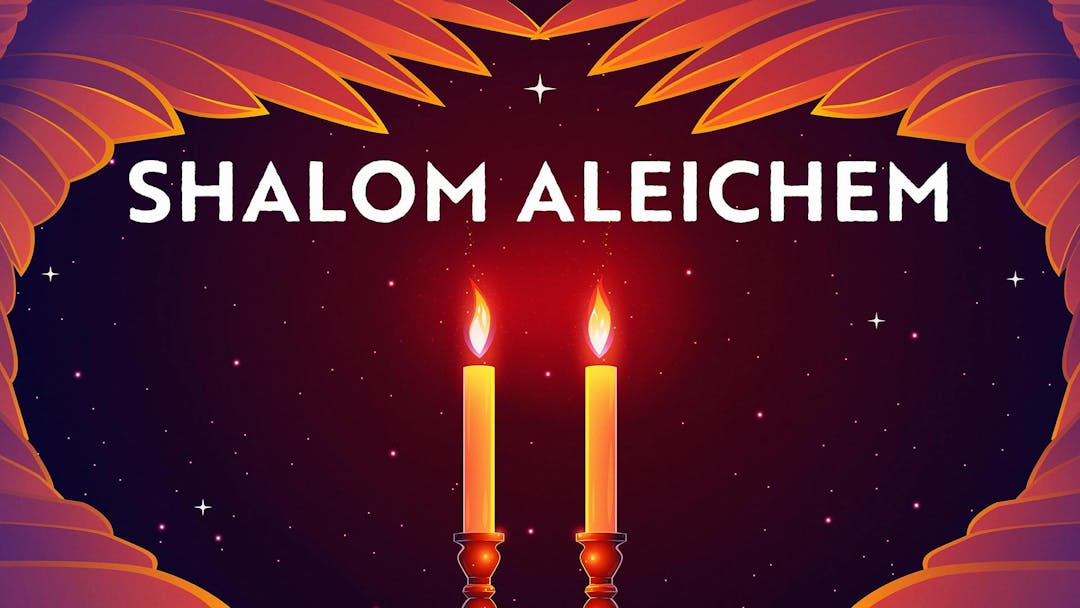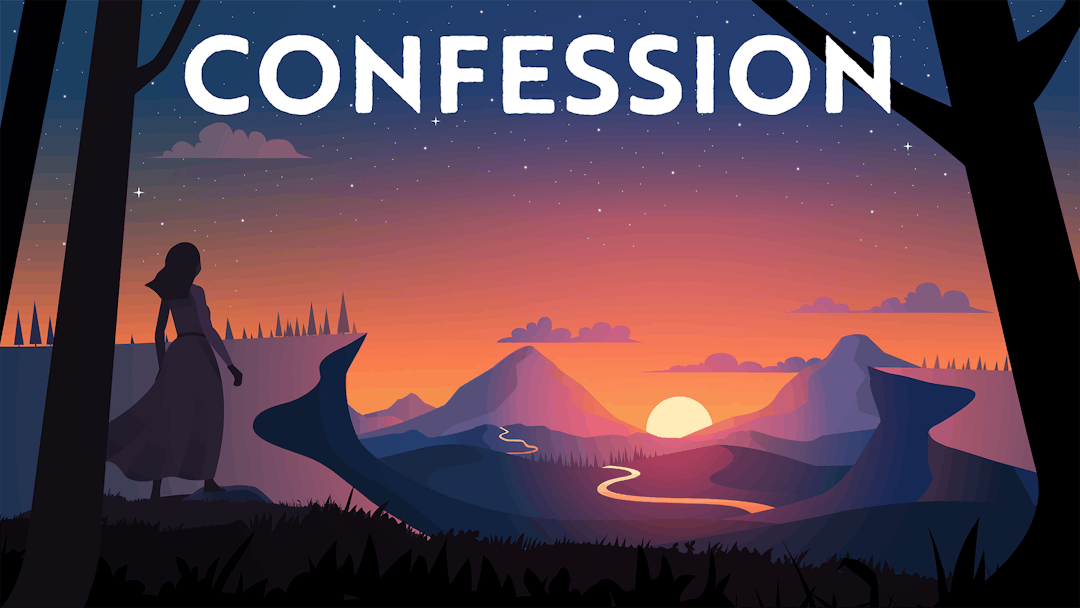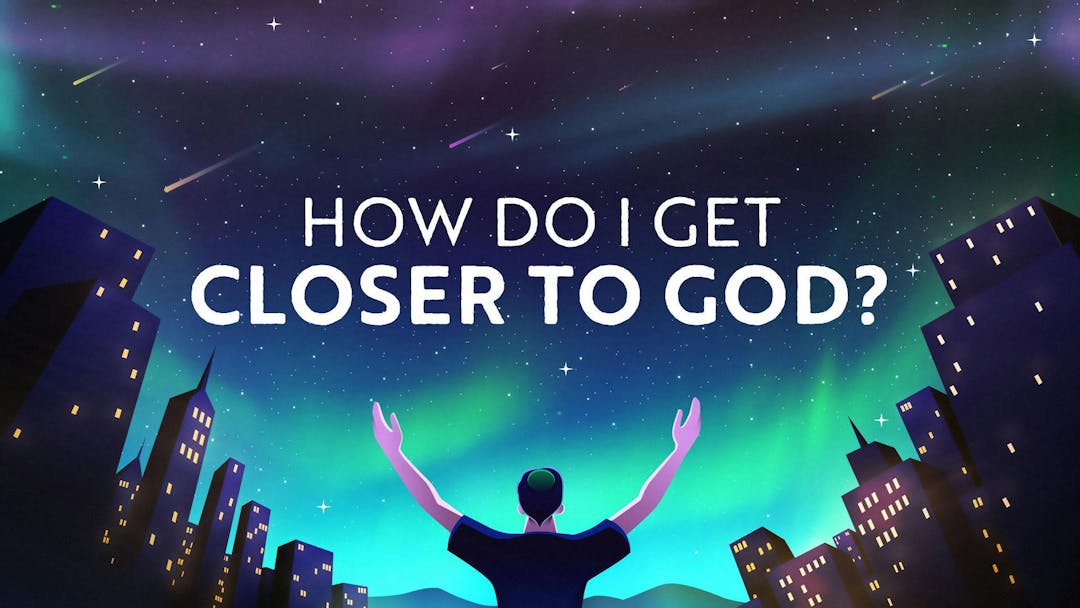Start your free trial today to unlock the full library and enjoy unlimited and uninterrupted access.
Get StartedWhy Do The Details Matter?
The Significance Of The Tabernacle's Colors
There are some commandments that are easy to connect to. Nobody wonders why it's prohibited to murder or steal. People connect with the spiritual and historical significance of the festivals. And the command to build a Mishkan, a home for God in the midst of the Israelite camp, could be one – if it weren't for those inscrutable details.
Ram skins. Acacia wood. Bells and pomegranates. And cubits – oh, the cubits. So many of us can't connect to these details, because they don't seem to mean anything. They don't have any obvious spiritual significance. If we dig a little deeper, though, maybe we could find some. Join Daniel Loewenstein as he digs into the meaning of one of the features of the Mishkan: the colors of the walls.
But it doesn't end there; the Bible also seems to indicate that each color on its own has a unique meaning. For a deeper discussion, read Daniel's blog: A Deeper Dive Into The Symbolism Of The Tabernacle's Colors
Click here to watch: Noach: Why A Flood, Of All Things?
What is Aleph Beta?
Aleph Beta is a unique kind of Torah library. Led by our founder, Rabbi David Fohrman, we are dedicated to high-level, textual Torah learning for adults that is intellectually and spiritually sophisticated, that enlivens your Jewish practice and helps you forge a deeper connection to God. Whether you’ve been learning in yeshiva for years or you’re just beginning your Torah journey, you’re sure to find something meaningful and surprising waiting for you here.
Browse our library of over 1,000 beautifully produced animated videos, podcasts, deep dive courses, and printable guides. Topics include the weekly parsha, Jewish holidays & fast days, laws & mitzvot, prayers, relationships, big philosophical ideas and more. Have something to say at the Shabbos table that will amaze your family and guests and bring deep meaning into their lives.
